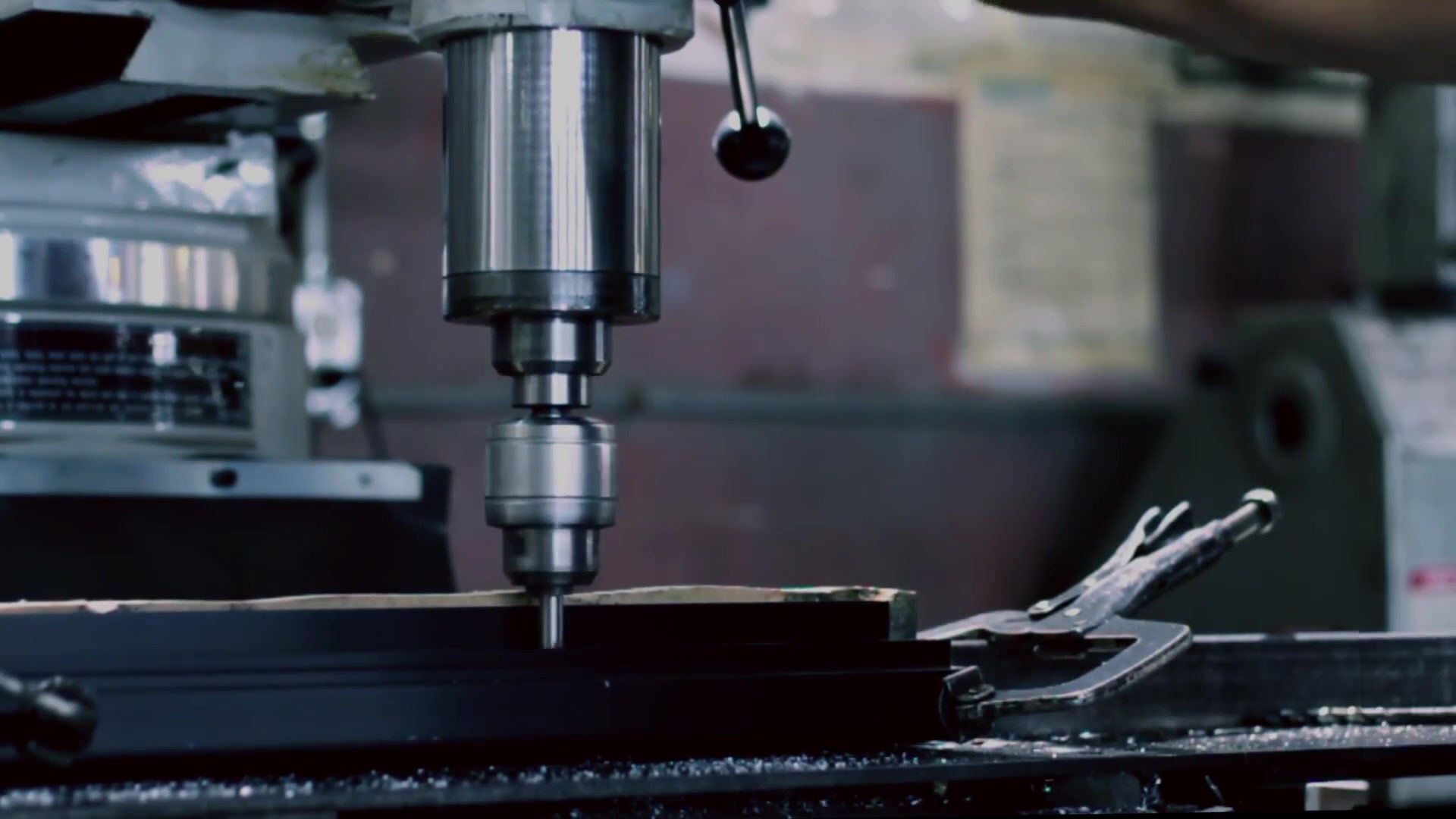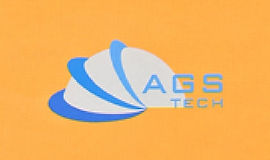


Global Custom Manufacturer, Integrator, Consolidator, Outsourcing Partner for a Wide Variety of Products & Services.
We are your one-stop source for manufacturing, fabrication, engineering, consolidation, integration, outsourcing of custom manufactured and off-shelf products & services. We also private label / white label your products with your brand name if you wish.
Choose your Language
-
Custom Manufacturing of Parts, Components, Assemblies, Finished Products, Machines and Industrial Equipment
-
Domestic & Global Contract Manufacturing
-
Manufacturing Outsourcing
-
Domestic, Global Procurement of Industrial Products
-
Private labeling / White Labeling your Products with your Brand Name
-
Product Finding & Locating Services
-
Global Design and Channel Partnership
-
Engineering Integration
-
Engineering Services
-
Global Consolidation, Warehousing, Logistics
Other miscellaneous fasteners we provide are keys, splines, pins, serrations.
KEYS: A key is a piece of steel lying partly in a groove in the shaft and extending into another groove in the hub. A key is used to secure gears, pulleys, cranks, handles, and similar machine parts to shafts, so that the motion of the part is transmitted to the shaft, or the motion of the shaft to the part, without slippage. The key may also act in a safety capacity; its size can be calculated so that when overloading takes place, the key will shear or break before the part or shaft breaks or deforms. Our keys are also available with a taper on their top surfaces. For tapered keys, the keyway in the hub is tapered to accommodate the taper on the key. Some major types of keys we offer are:
Square key
Flat key
Gib-Head Key – These keys are the same as flat or square tapered keys but with added head for ease of removal.
Pratt and Whitney Key – These are rectangular keys with rounded edges. Two-thirds of these keys sit in the shaft and one-third in the hub.
Woodruff Key – These keys are semicircular and fit into semicircular keyseats in the shafts and rectangular keyways in the hub.
SPLINES: Splines are ridges or teeth on a drive shaft that mesh with grooves in a mating piece and transfer torque to it, maintaining the angular correspondence between them. Splines are capable of carrying heavier loads than keys, permit lateral movement of a part, parallel to the axis of the shaft, while maintaining positive rotation, and allow the attached part to be indexed or changed to another angular position. Some splines have straight-sided teeth, whereas others have curved-sided teeth. Splines with curved-sided teeth are called involute splines. Involute splines have pressure angles of 30, 37.5 or 45 degrees. Both internal and external spline versions are available. SERRATIONS are shallow involute splines with 45 degree pressure angles and are used for holding parts like plastic knobs. Major types of splines we offer are:
Parallel key splines
Straight-side splines – Also called parallel-side splines, they are used in many automotive and machine industry applications.
Involute splines – These splines are similar in shape to involute gears but have pressure angles of 30, 37.5 or 45 degrees.
Crowned splines
Serrations
Helical splines
Ball splines
PINS / PIN FASTENERS: Pin fasteners are an inexpensive and effective method of assembly when loading is primarily in shear. Pin fasteners can be separated into two groups: Semipermanent Pinsand Quick-Release Pins. Semipermanent pin fasteners require application of pressure or the aid of tools for installation or removal. Two basic types are Machine Pins and Radial Locking Pins. We offer the following machine pins:
Hardened and ground dowel pins – We have standardized nominal diameters between 3 to 22 mm available and can machine custom sized dowel pins. Dowel pins can be used to hold laminated sections together, they can fasten machine parts with high alignment accuracy, lock components on shafts.
Taper pins – Standard pins with 1:48 taper on the diameter. Taper pins are suitable for light-duty service of wheels and levers to shafts.
Clevis pins - We have standardized nominal diameters between 5 to 25 mm available and can machine custom sized clevis pins. Clevis pins can be used on mating yokes, forks and eye members in knuckle joints.
Cotter pins – Standardized nominal diameters of cotter pins range from 1 to 20 mm. Cotter pins are locking devices for other fasteners and are generally used with a castle or slotted nuts on bolts, screws, or studs. Cotter pins enable low-cost and convenient locknut assemblies.
Two basic pin forms are offered as Radial Locking Pins, solid pins with grooved surfaces and hollow spring pins which are either slotted or come with spiral-wrapped configuration. We offer the following radial locking pins:
Grooved straight pins – Locking is enabled by parallel, longitudinal grooves uniformly spaced around the pin surface.
Hollow spring pins – These pins are compressed when driven into holes and pins exert spring pressure against the hole walls along their entire engaged length to produce locking fits
Quick-release pins: Available types vary widely in head styles, types of locking and release mechanisms, and range of pin lengths. Quick-release pins have applications such as clevis-shackle pin, draw-bar hitch pin, rigid coupling pin, tubing lock pin, adjustment pin, swivel hinge pin. Our quick release pins can be grouped into one of two basic types:
Push-pull pins – These pins are made with either a solid or hollow shank containing a detent assembly in the form of a locking lug, button or ball, backed up by some sort of plug, spring or resilient core. The detent member projects from the pins surface until sufficient force is applied in assembly or removal to overcome the spring action and to release the pins.
Positive-locking pins - For some quick-release pins, the locking action is independent of insertion and removal forces. Positive-locking pins are suited for shear-load applications as well as for moderate tension loads.
